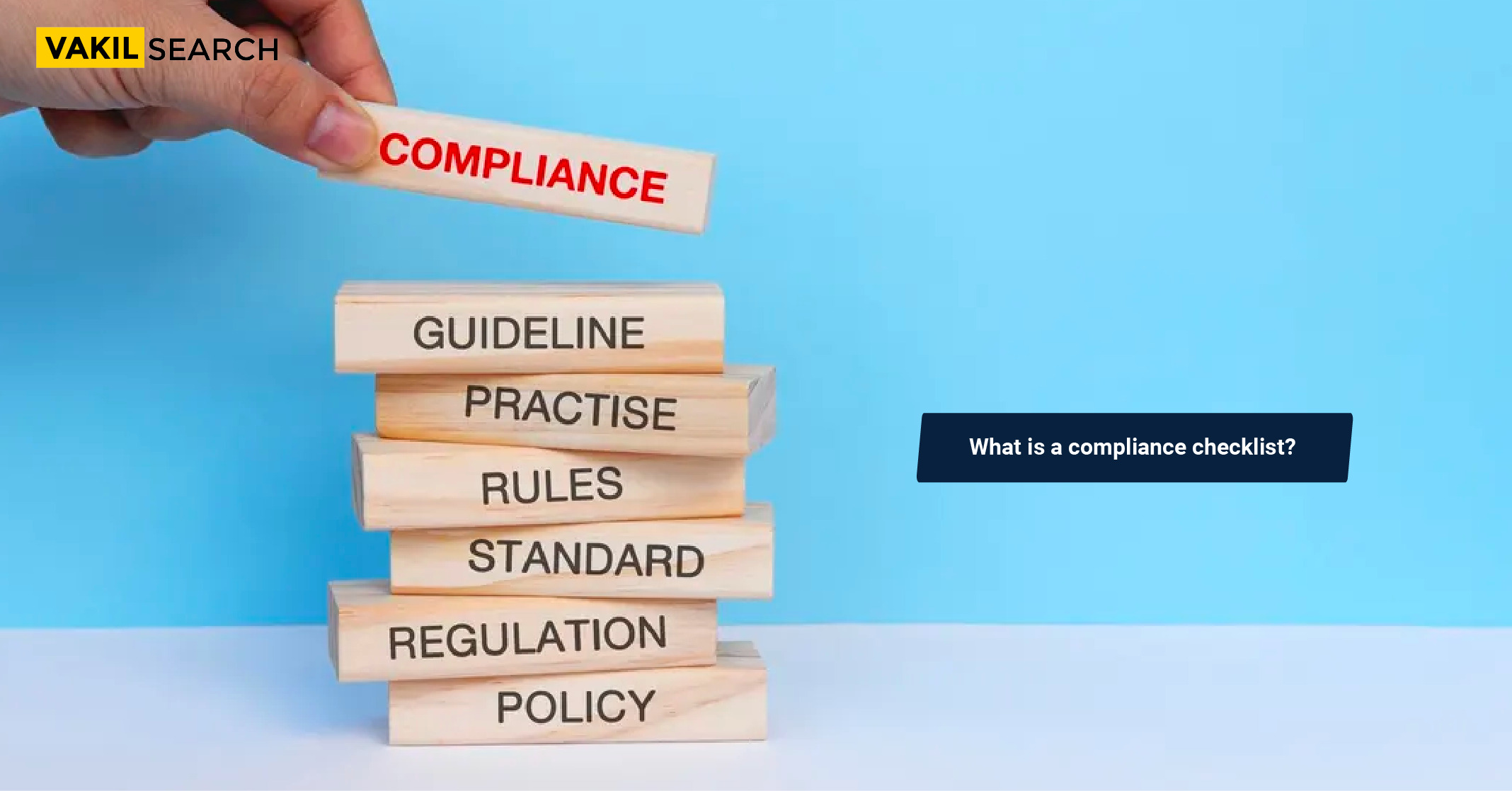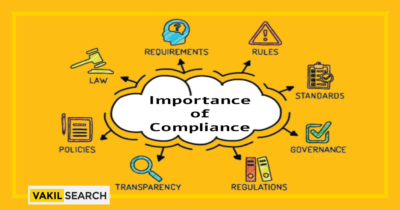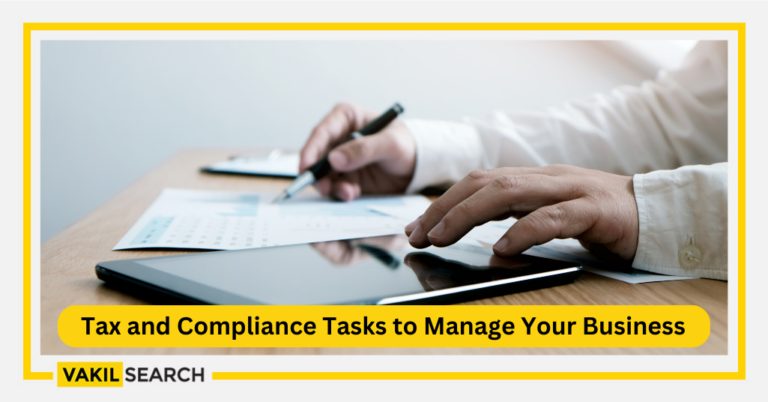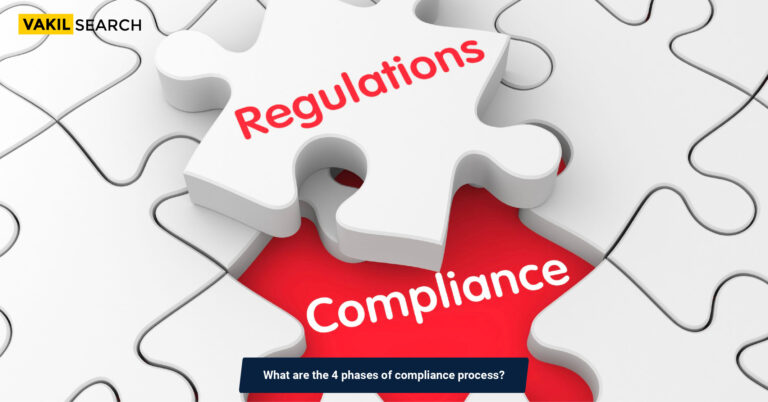Learn about compliance checklists and valuable tools for your businesses to maintain regulatory compliance efficiently, reducing risks and ensuring legality.
In today’s rapidly evolving regulatory landscape, businesses face an ever-increasing number of rules, regulations, and standards they must adhere to. From financial regulations to environmental laws, compliance is crucial for maintaining legal and ethical integrity. To help businesses navigate this complex terrain, compliance checklists have become indispensable tools. In this blog, we will delve into the concept of a compliance checklist, construct a sample checklist for businesses, emphasise the importance of regular updates and reviews, and provide sources for further information.
What is a Compliance Checklist?
A compliance checklist is a comprehensive document that outlines the specific requirements, standards, and regulations a business must adhere to in order to operate legally and ethically. These checklists are designed to help organisations ensure that they are meeting all relevant obligations, thereby reducing the risk of non-compliance issues, penalties, and legal disputes.
Key Elements of a Compliance Checklist
Regulatory Requirements: Identify and list the laws, regulations, and industry standards that apply to your business. This could include financial regulations, environmental laws, labour standards, and data protection regulations like GDPR or HIPAA.
Internal Policies: Include your company’s internal policies and procedures that must be followed. These could pertain to areas such as employee conduct, safety protocols, or data handling.
Monitoring and Reporting: Specify how compliance will be monitored and reported within the organisation. This may involve regular audits, incident reporting procedures, or compliance officer responsibilities.
Documentation: Ensure that all required documentation is in place. This might include permits, licenses, contracts, and records of compliance-related activities.
Training and Awareness: Address employee training and awareness programs to ensure that staff members are knowledgeable about compliance requirements.
Risk Assessment: Assess potential compliance risks and establish protocols for risk mitigation and management.
Accountability: Clearly define roles and responsibilities for compliance within the organisation, including assigning compliance officers or teams.
Sample Compliance Checklist for Businesses
To illustrate the practical application of a compliance checklist, let’s construct a sample checklist for a hypothetical business operating in the financial sector. This checklist covers some common compliance considerations:
Financial Compliance Checklist
1. Regulatory Compliance
- Ensure company compliance with all relevant financial regulations, such as SEC, FINRA, or CFTC rules
- Regularly review and update compliance policies in line with changing regulations.
2. Data Security
- Safeguard sensitive customer data by following industry best practices and complying with data protection laws
- Conduct regular security assessments and audits.
3. Anti-Money Laundering (AML)
- Establish an AML program to detect and prevent money laundering activities.
- Conduct customer due diligence and maintain transaction records.
4. Risk Management
- Develop a risk management strategy to identify and mitigate financial risks.
- Periodically assess risk exposure and adjust risk management strategies accordingly.
5. Employee Training
- Provide ongoing training to employees on financial regulations and best practices
- Maintain records of employee training and awareness efforts.
6. Audit and Reporting
- Schedule regular internal audits to ensure compliance
- Establish clear reporting procedures for potential compliance violations.
7. Compliance Officer
- Appoint a designated compliance officer responsible for overseeing compliance efforts
- Ensure the compliance officer has the necessary authority and resources to carry out their role effectively.
The Importance of Regularly Updating and Reviewing Compliance Checklists
Creating a compliance checklist is just the first step. To remain effective, these checklists must be regularly updated and reviewed. Here’s why this ongoing process is crucial:
Changing Regulations: Laws and regulations are not static; they evolve over time. Regular updates to your compliance checklist ensure that your business stays in line with the latest requirements.
Adaptive Strategy: Regular reviews enable your organisation to adapt to changing circumstances, emerging risks, and evolving best practices.
Continuous Improvement: By regularly assessing your compliance efforts, you can identify areas for improvement and refine your processes.
Mitigating Risk: Timely updates help prevent costly penalties and legal issues resulting from non-compliance.
Demonstrating Commitment: Consistently reviewing and updating your compliance checklist shows regulators, clients, and stakeholders that your organisation takes compliance seriously.
The Power of Compliance Checklists
A compliance checklist is a succinct yet powerful tool, condensing complex regulations into manageable tasks. This practical document ensures businesses adhere to laws, standards, and internal policies. For a financial company, the checklist covers regulations like SEC and data security. Its essence lies in simplicity, making it a potent weapon against non-compliance.
Updating the checklist is paramount. Regulations evolve, and businesses must adapt swiftly. Regular reviews fine-tune processes, boost efficiency, and demonstrate dedication to compliance. Explore Compliance Week, SBA, NIST, and ICA for deeper insights.
In essence, a compliance checklist is more than a list. It’s a shield against legal pitfalls, a path to ethical excellence, and a testament to a company’s commitment to doing things right.
Frequently Asked Questions
1. What is a compliance checklist?
A compliance checklist is a tool used to systematically track and verify that an organisation meets regulatory and operational requirements.
2. How can a compliance checklist benefit my business?
It helps streamline compliance efforts, reduces errors, ensures consistency, and minimises the risk of non-compliance penalties.
3. Are compliance checklists industry-specific?
Yes, compliance checklists can be customised to match the unique regulations and standards of various industries.
4. How do I create an effective compliance checklist?
Identify regulations, prioritise tasks, set deadlines, assign responsibilities, and regularly update the checklist as regulations evolve.
5. Can compliance checklists help with audits?
Absolutely. They serve as valuable documentation during audits, showcasing your commitment to compliance and helping auditors assess your adherence to regulations.
Conclusion
Compliance checklists are invaluable tools for businesses striving to operate within the bounds of the law and ethical standards. Regularly updating and reviewing these checklists is essential to adapt to changing regulations, mitigate risks, and demonstrate commitment to compliance. For more in-depth information and resources, consider exploring the websites mentioned above. For more information on compliance, have a call with CS experts from Vakilsearch will help you Stay compliant.
Read more,










